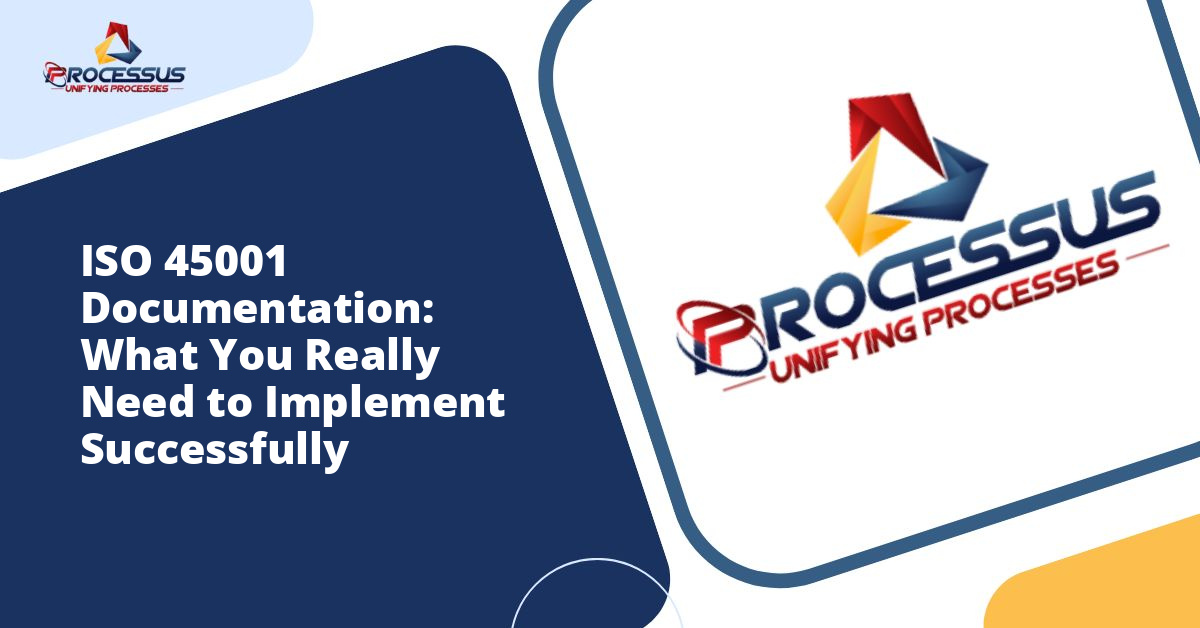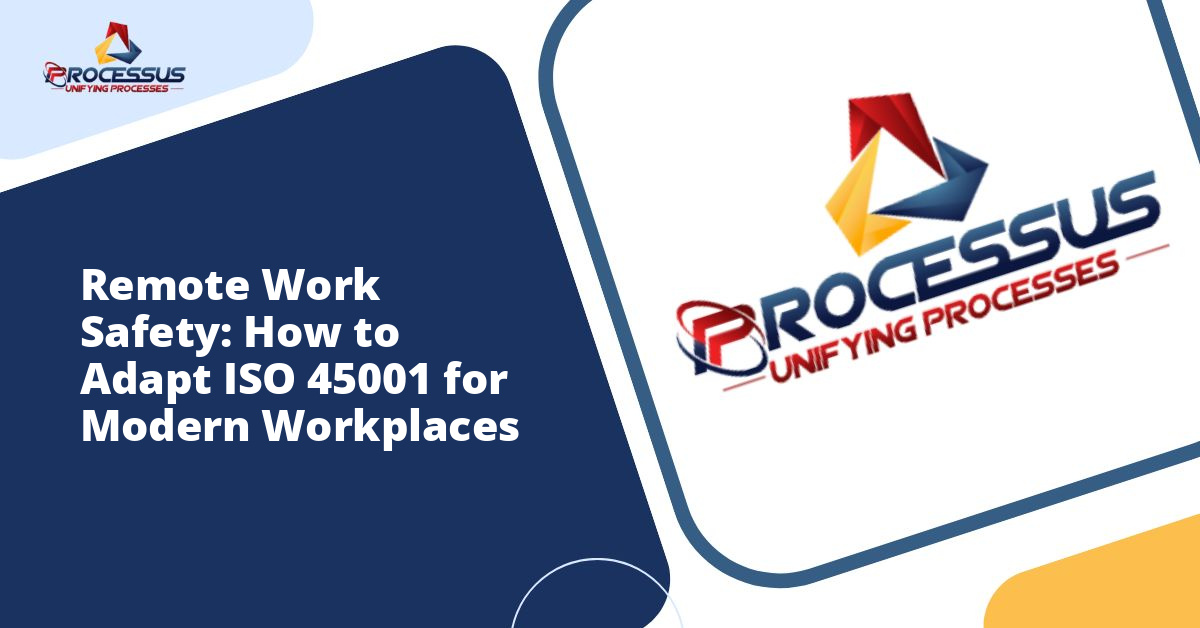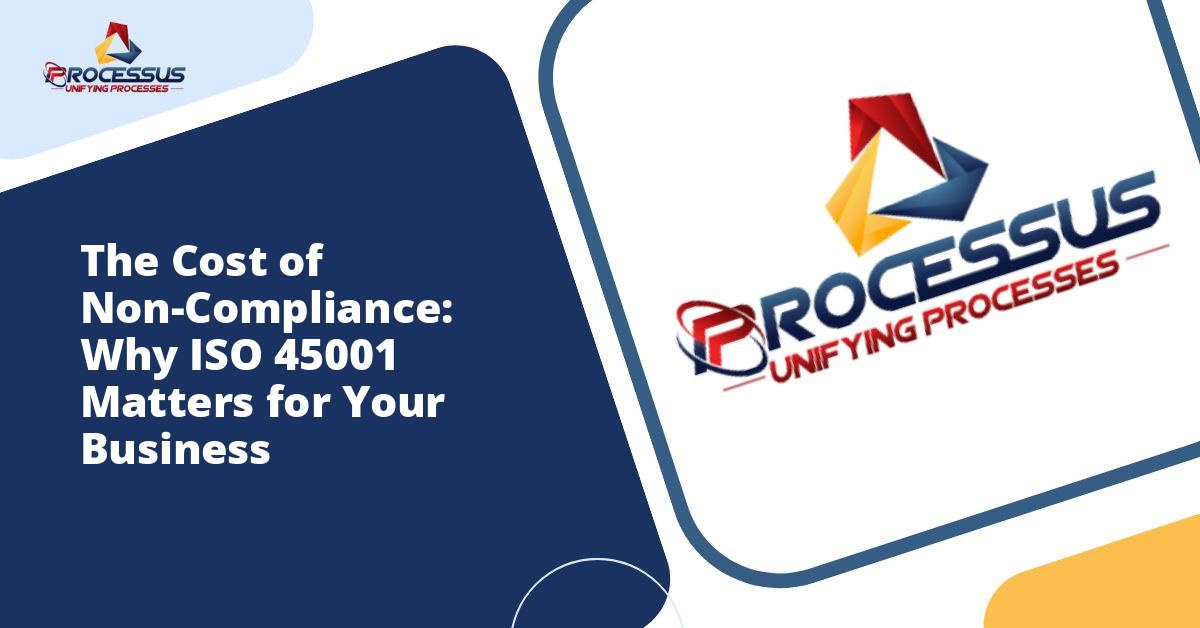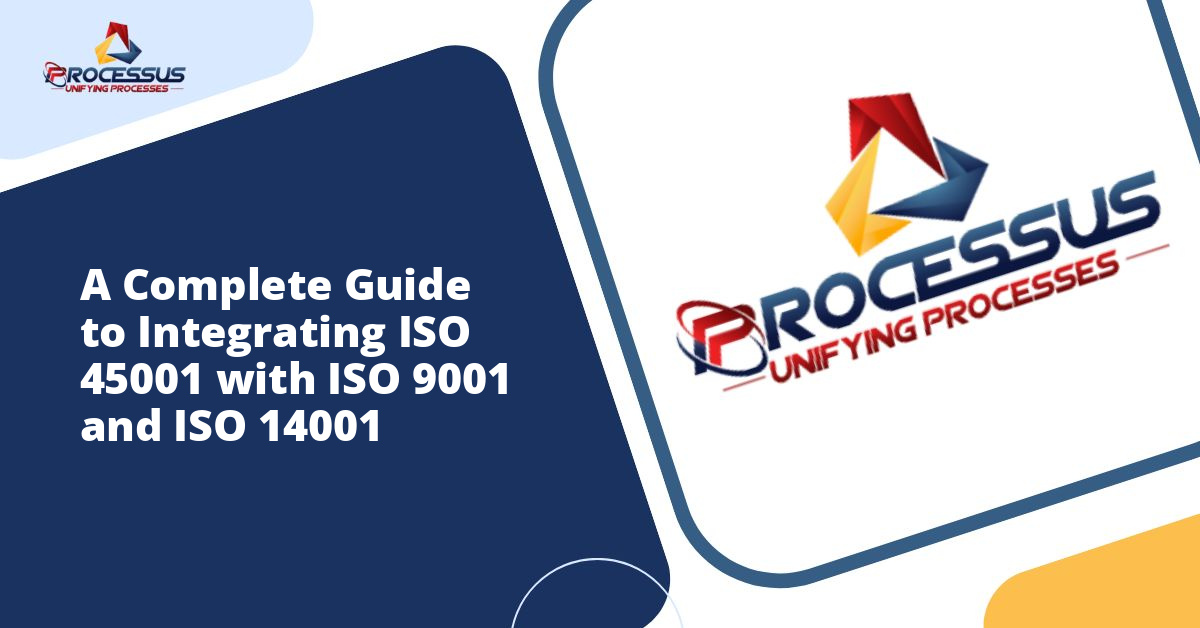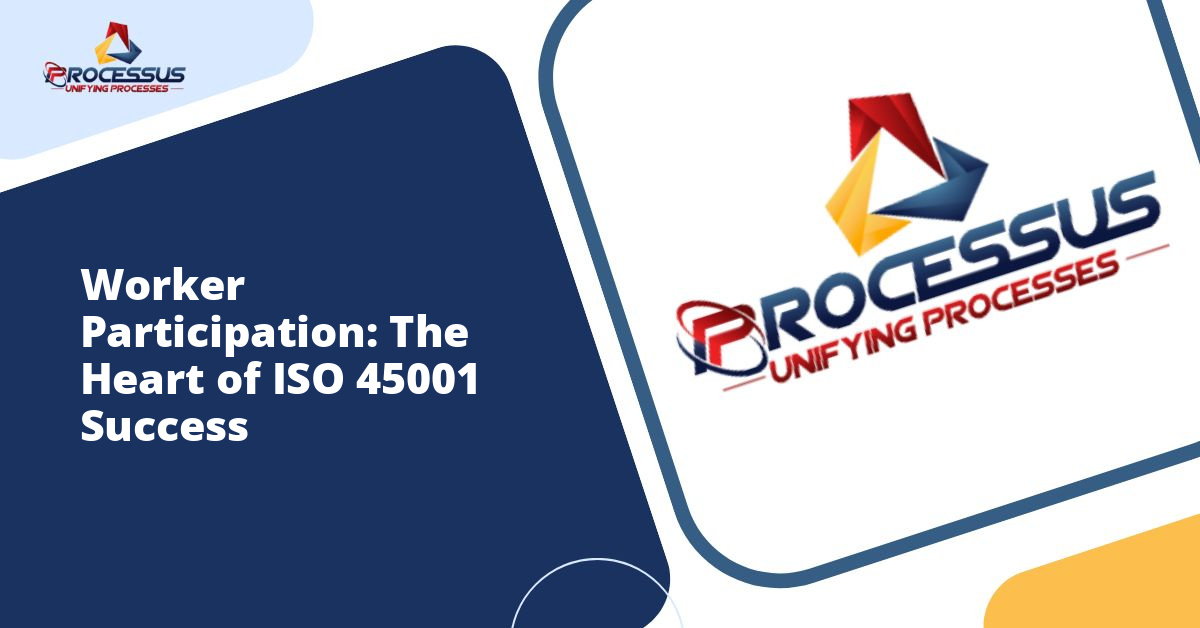Organizations worldwide recognize the importance of maintaining safe and healthy workplaces for their employees. ISO 45001, the international standard for occupational health and safety management systems, provides a framework that helps organizations minimize workplace risks and create better working conditions. However, achieving and maintaining compliance with this standard can be challenging, and many organizations encounter non-conformities during their audits.
Understanding the most common non-conformities can help organizations prepare better for their ISO 45001 audits and implement more effective occupational health and safety management systems. This comprehensive guide explores the top ten non-conformities that auditors frequently identify during ISO 45001 audits, along with practical insights on how to address and prevent them. You might also enjoy reading about How ISO 45001 Reduces Workplace Accidents in Manufacturing: A Complete Guide.
Understanding Non-Conformities in ISO 45001
Before diving into the specific non-conformities, it is essential to understand what constitutes a non-conformity in the context of ISO 45001. A non-conformity occurs when an organization fails to meet one or more requirements of the standard. These can range from minor documentation issues to major systemic failures that could potentially compromise worker safety. You might also enjoy reading about ISO 45001 vs OHSAS 18001: Understanding the Critical Changes in Workplace Safety Standards.
Non-conformities are typically classified into two categories: major and minor. Major non-conformities represent significant failures in the management system that could result in serious harm to workers or indicate a complete breakdown of a process. Minor non-conformities are less severe but still require correction to maintain compliance with the standard. You might also enjoy reading about The ROI of Implementing ISO 45001 in Your Organisation: A Complete Guide to Measuring Value and Impact.
1. Inadequate Hazard Identification and Risk Assessment
The most frequently encountered non-conformity in ISO 45001 audits relates to inadequate hazard identification and risk assessment processes. This fundamental requirement forms the foundation of any effective occupational health and safety management system, yet many organizations struggle to implement it comprehensively.
Common issues include:
- Failing to identify all workplace hazards systematically
- Not considering all work activities, including routine and non-routine operations
- Overlooking hazards associated with contractors and visitors
- Inadequate assessment of risks related to changes in processes or equipment
- Failure to review and update risk assessments regularly
Organizations often conduct risk assessments as a one-time exercise rather than treating them as living documents that require regular review and updates. Successful organizations establish clear procedures for ongoing hazard identification that involve workers at all levels and incorporate lessons learned from incidents, near misses, and changes in the workplace.
2. Insufficient Worker Participation and Consultation
ISO 45001 places significant emphasis on worker participation and consultation in occupational health and safety matters. Despite this clear requirement, many organizations fail to establish effective mechanisms for meaningful worker involvement. This non-conformity appears frequently during audits because organizations often misunderstand what constitutes genuine participation.
Worker participation goes beyond simply informing employees about safety matters. It requires organizations to create opportunities for workers to contribute to decision-making processes, report hazards without fear of reprisal, and actively participate in investigations and audits. Many organizations struggle to demonstrate that they have removed obstacles to participation or that they provide adequate time and resources for workers to engage in health and safety activities.
Effective worker participation requires establishing formal channels for communication, ensuring representation from different levels and departments, and documenting how worker input influences decisions. Organizations must also provide training to help workers understand their rights and responsibilities regarding participation in the occupational health and safety management system.
3. Incomplete or Outdated Documentation
Documentation serves as the backbone of any management system, and ISO 45001 is no exception. Auditors frequently identify non-conformities related to inadequate, incomplete, or outdated documented information. This issue manifests in various ways across different organizations.
Common documentation problems include:
- Policies and procedures that do not reflect current practices
- Missing or incomplete records of training, inspections, or maintenance activities
- Failure to control document versions effectively
- Lack of clarity regarding document approval and review processes
- Inadequate retention of records required by the standard
Organizations must establish robust document control systems that ensure information remains current, accessible, and properly maintained. This includes regular reviews of procedures, clear identification of document versions, and systematic retention and disposal of records according to defined criteria.
4. Deficient Competence and Training Management
Ensuring that workers possess the necessary competence to perform their jobs safely is a critical requirement of ISO 45001. However, many organizations receive non-conformities for failing to adequately determine, provide, and maintain evidence of worker competence.
This non-conformity often stems from several issues. Organizations may fail to identify the specific competencies required for different roles, particularly those that could impact occupational health and safety. Training programs may be generic rather than tailored to actual job requirements and identified hazards. Additionally, organizations frequently struggle to maintain complete training records or to evaluate the effectiveness of training provided.
Addressing this non-conformity requires organizations to conduct thorough competence assessments, develop targeted training programs, maintain comprehensive training records, and implement methods to verify that training achieves desired outcomes. This includes ensuring that temporary workers, contractors, and new employees receive appropriate induction and training before beginning work.
5. Inadequate Management of Change
Changes in the workplace, whether they involve new equipment, modified processes, organizational restructuring, or changes in personnel, can introduce new hazards or alter existing risks. ISO 45001 requires organizations to establish processes for managing change, yet this requirement is frequently not met satisfactorily.
Organizations often implement changes without conducting proper risk assessments or fail to consider the occupational health and safety implications of planned changes. Some organizations lack formal procedures for managing change, while others have procedures that are not consistently followed. Temporary changes may receive less scrutiny than permanent ones, despite potentially carrying significant risks.
Effective management of change requires establishing clear procedures that trigger risk assessments before implementing changes, involving relevant stakeholders in the change process, communicating changes to affected workers, and providing additional training when necessary. Organizations should also establish criteria for determining which changes require formal management and which can be handled through routine processes.
6. Weak Emergency Preparedness and Response
Preparing for potential emergencies is a crucial aspect of occupational health and safety management. Auditors frequently identify non-conformities related to inadequate emergency preparedness and response planning. These non-conformities can have serious implications, as they may leave organizations unprepared to protect workers during critical situations.
Common issues include:
- Failure to identify all reasonably foreseeable emergency situations
- Inadequate or outdated emergency response procedures
- Insufficient training and drills for emergency scenarios
- Lack of coordination with external emergency services
- Failure to review and update emergency plans after incidents or drills
Organizations must conduct thorough assessments to identify potential emergencies relevant to their operations and locations. Emergency response plans should be practical, clearly communicated, and regularly tested through drills and exercises. After each drill or actual emergency, organizations should review their response to identify opportunities for improvement.
7. Insufficient Monitoring and Measurement
ISO 45001 requires organizations to establish processes for monitoring, measuring, analyzing, and evaluating their occupational health and safety performance. Many organizations receive non-conformities because they fail to implement comprehensive monitoring programs or do not use monitoring results effectively.
This non-conformity appears when organizations lack clear criteria for what needs to be monitored, when monitoring should occur, and how results should be analyzed. Some organizations collect data without analyzing it or fail to use monitoring results to drive improvement. Others may not monitor compliance with legal requirements or may neglect to calibrate and maintain monitoring equipment properly.
Effective monitoring and measurement require establishing clear performance indicators, implementing regular inspection and observation programs, tracking leading and lagging indicators, and using data analysis to identify trends and areas requiring attention. Organizations should also establish processes for ensuring the accuracy and reliability of monitoring equipment and methods.
8. Incomplete Incident Investigation and Corrective Action
When incidents, near misses, or other nonconformities occur, ISO 45001 requires organizations to investigate them thoroughly and implement appropriate corrective actions. However, auditors frequently identify deficiencies in how organizations handle incident investigation and corrective action processes.
Common problems include:
- Superficial investigations that fail to identify root causes
- Focusing solely on injured persons rather than systemic issues
- Delayed investigations that allow evidence to be lost
- Corrective actions that address symptoms rather than underlying causes
- Failure to verify the effectiveness of corrective actions
- Not sharing lessons learned across the organization
Effective incident investigation requires trained investigators who understand root cause analysis methodologies, timely initiation of investigations, worker involvement in the investigation process, and systematic follow-up to ensure corrective actions are implemented and effective. Organizations should also establish mechanisms for sharing investigation findings and lessons learned to prevent recurrence elsewhere in the organization.
9. Lack of Management Commitment and Leadership
ISO 45001 places considerable responsibility on top management to demonstrate leadership and commitment to the occupational health and safety management system. Despite this clear requirement, auditors often find that management commitment is more rhetorical than practical.
This non-conformity manifests when management fails to provide adequate resources for the occupational health and safety management system, does not participate actively in health and safety activities, or fails to integrate occupational health and safety considerations into business processes. Organizations may have impressive safety policies, but if management does not visibly support and participate in safety initiatives, the system will lack credibility and effectiveness.
Demonstrating management commitment requires more than signing documents or making occasional safety pronouncements. It involves active participation in safety inspections and meetings, ensuring adequate budget and personnel for safety activities, holding managers accountable for safety performance, and making decisions that prioritize worker safety even when faced with competing business pressures.
10. Inadequate Legal and Regulatory Compliance Management
Compliance with applicable legal requirements and other requirements is a fundamental obligation under ISO 45001. Organizations must identify, access, and understand the legal requirements that apply to their operations, and they must ensure ongoing compliance. Despite the critical importance of this requirement, many organizations struggle to manage legal compliance effectively.
Common issues include:
- Incomplete identification of applicable legal requirements
- Lack of systematic processes for monitoring changes in legislation
- Failure to communicate legal requirements to relevant personnel
- Inadequate assessment of compliance status
- Not maintaining records demonstrating compliance
Organizations need to establish robust systems for identifying applicable legal requirements, which may include subscribing to legal update services, consulting with legal experts, and participating in industry associations. They must also implement processes for regularly evaluating compliance status and addressing any gaps identified. This requires not only knowing what the legal requirements are but also understanding how they apply to specific operations and ensuring that operational controls are in place to maintain compliance.
Preventing Non-Conformities: Best Practices
While understanding common non-conformities is valuable, organizations should focus on preventing them rather than simply reacting when auditors identify issues. Several best practices can help organizations maintain robust occupational health and safety management systems that stand up to audit scrutiny.
First, organizations should conduct regular internal audits that critically evaluate compliance with ISO 45001 requirements. Internal audits should be thorough, objective, and conducted by competent personnel who understand both the standard and the organization’s operations. These audits provide opportunities to identify and correct issues before external auditors arrive.
Second, organizations should foster a strong safety culture that permeates all levels of the organization. When safety becomes ingrained in organizational culture rather than being viewed as a compliance exercise, workers are more likely to identify hazards, follow procedures, and participate actively in the management system.
Third, organizations should invest in ongoing training and development for personnel responsible for implementing and maintaining the occupational health and safety management system. This includes training for managers, supervisors, safety professionals, and workers to ensure everyone understands their roles and responsibilities.
Fourth, organizations should establish effective communication channels that facilitate the flow of information about occupational health and safety matters throughout the organization. This includes mechanisms for reporting hazards, sharing lessons learned, communicating changes, and soliciting worker input.
Conclusion
ISO 45001 provides organizations with a powerful framework for managing occupational health and safety risks and creating safer workplaces. However, implementing and maintaining an effective management system requires ongoing commitment, resources, and attention to detail. Understanding the common non-conformities that auditors identify can help organizations focus their efforts on the areas that pose the greatest compliance challenges.
The non-conformities discussed in this guide represent the issues that auditors most frequently encounter, but every organization is unique, and specific challenges will vary depending on the nature of operations, organizational culture, and many other factors. The key to success lies not in simply avoiding non-conformities but in building a robust occupational health and safety management system that genuinely protects workers and drives continuous improvement.
Organizations that approach ISO 45001 implementation as an opportunity to genuinely improve worker safety rather than as a compliance burden will find that avoiding non-conformities becomes easier. When management demonstrates authentic commitment, workers participate meaningfully, and systems are designed to be practical and effective rather than bureaucratic, the management system becomes a valuable tool that serves the organization’s goals while meeting the standard’s requirements.
By addressing the common non-conformities outlined in this guide proactively, organizations can strengthen their occupational health and safety management systems, improve their audit performance, and most importantly, create safer and healthier workplaces for their workers. The investment in building a compliant and effective system pays dividends not only in passing audits but also in preventing injuries, reducing costs, and enhancing organizational reputation.


